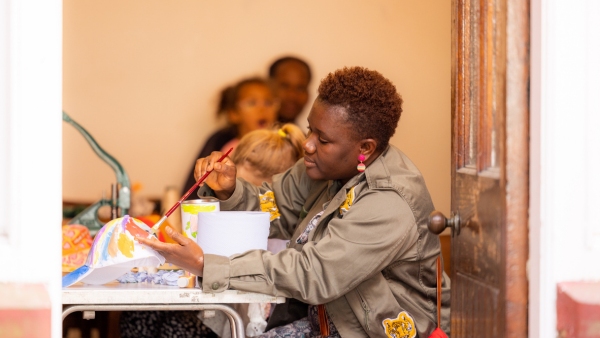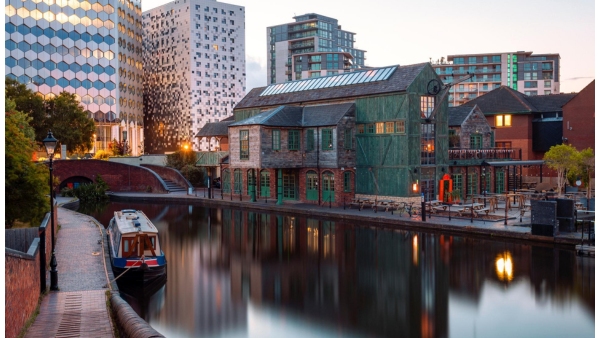So, more rather superficial thinking about small groups (for deeper ideas I can strongly recommend the comments I have received on earlier posts this week).
First some stats:
From the NCVO, a fascinating overview of participation in the UK today – the top line of which is that not much is changing. There is quite a lot of participation but it tends to be dominated by a core group of multiple participants, it is socially skewed towards the middle class and the retired. The paper has a useful distinction between public participation (engaging with the state in some form or another), social participation (engaging with other people), and individual participation (personal acts aiming to achieve social change, such as donating to a good cause).
Then some statistics from our lunchtime speaker, and author of Together, Henry Hemming on the rise of small groups, but not ones - as he emphasised to the RSA audience – primarily based on locality. Henry is a great speaker and he is right, I think, to offer a balancing thesis to the assumption that social capital is in terminal decline (although I am not too sure about his apparently self-selecting methodology!) .
This material has given rise to one thought. On the one hand, Hemming and others seem to agree with the idea I described yesterday that about a dozen is the best size for many small groups; big enough to have a range of people, capacities and perspectives, small enough for everyone to get to know each other and all contribute. On the other hand, the best way to increase the benign social impact of small groups is for not so much to increase the aggregate number but to get those which exist or naturally emerge to develop in various ways; to move from oppositionalism to creativity, to widen their focus and ambition, to be more inclusive and diverse, to connect to other similar groups to enable learning and network effects. But how do we balance the need to keep it small and to have momentum?
This suggest a new model in which growth and development comes from a continuous process of small groups spawning other small groups and doing this through the generation of interlaced networks rather than hierarchies. I am sure my learned readers will come up with historical and contemporary examples of just this form or organisation (and maybe why it failed). I think Transition Towns might be just such a model? And maybe if any FRSAs are reading you might comment on whether and how such a model could be applied to the RSA Fellowship?
I’m off now to do an after dinner speech (at which I am pretty terrible so wish me luck) and then to a rather weird but fascinating Editorial Intelligence event in Portmeirion (which is also weird and fascinating).
Have a great weekend and keep commenting
Related articles
-
Open RSA knowledge standards
Alessandra Tombazzi Tom Kenyon
After investigating ‘knowledge commons’, we're introducing our open RSA standards and what they mean for our practice, products and processes.
-
RSA Catalyst Awards 2023: winners announced
Alexandra Brown
Learn about the 11 exciting innovation projects receiving RSA Catalyst funding in our 2023 awards.
-
Investment for inclusive and sustainable growth in cities
Anna Valero
Anna Valero highlights a decisive decade for addressing the UK’s longstanding productivity problems, large and persistent inequalities across and within regions, and delivering on net zero commitments.




Be the first to write a comment
Comments
Please login to post a comment or reply
Don't have an account? Click here to register.